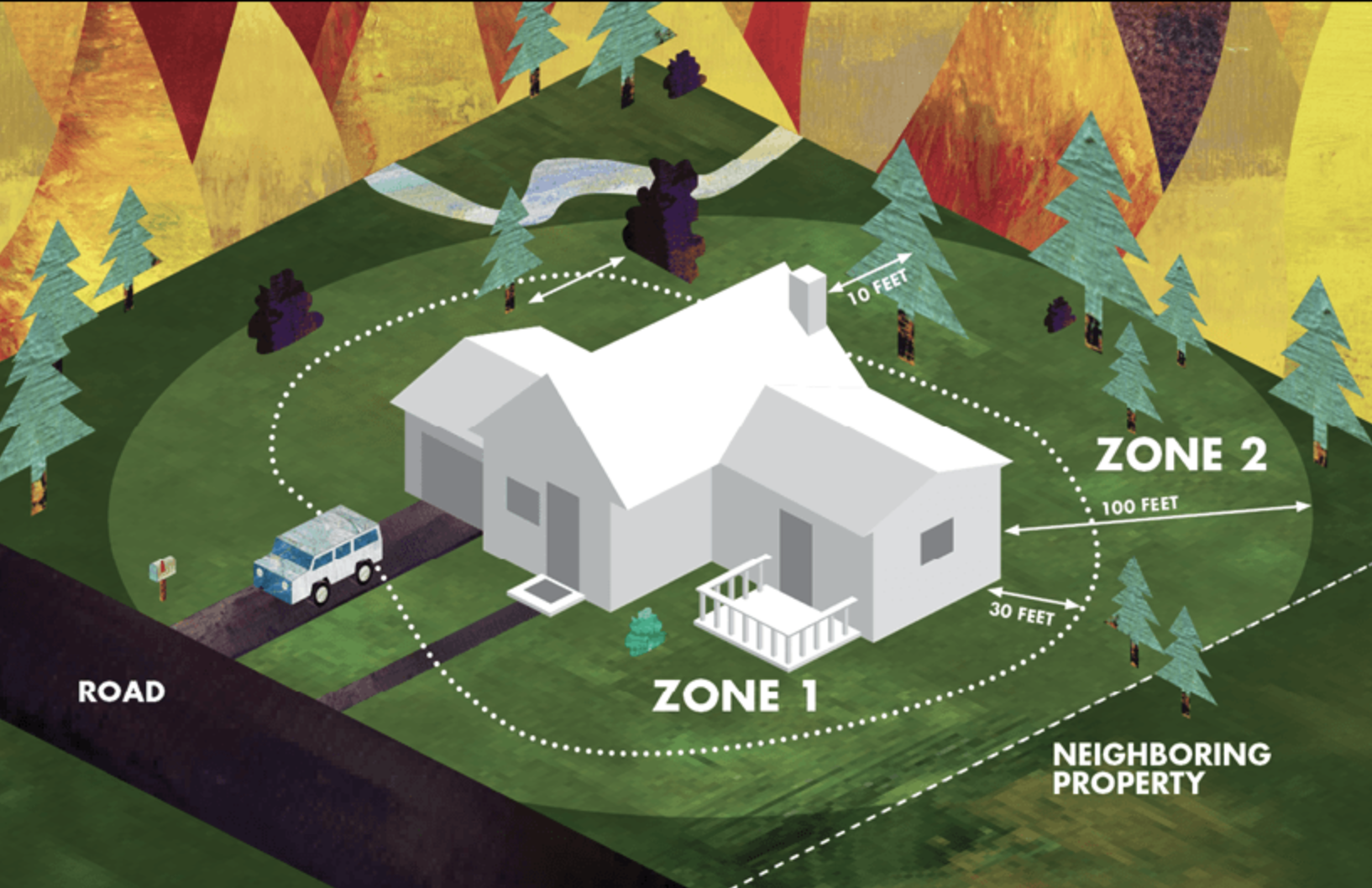Here in California we’ve had one of the worst fire seasons ever. Property damage has been concentrated in the Camp Fire (northern CA) and the Woolsey Fire (Malibu). Total insurance payouts are expected to near $20 billion.
Yet for many individuals even that won’t be enough to rebuild because the dwelling limits in their homeowner’s policy is too low. I’ve addressed this issue several times in my newsletters (7/24/18, 7/29/14) but I keep getting asked why dwelling limits are higher than market value.
Your home’s market value (what it will sell for) is determined by demand, inventory, appreciation potential, interest rates and even tax policy. Your home’s dwelling limit (cost to rebuild) is determined by construction cost with new building codes, materials, labor, architect plans, contractor profit, demolition and debris removal. Unless your home is very new, it can’t be rebuilt exactly; insurance provides for a new upgraded home that looks like your old home. It has been estimated new building codes alone add over 35% to the cost of a new home compared to the existing stock. And if there’s a disaster, construction resources are in short supply so the cost goes way up.
With higher end homes the carrier will conduct an inspection and determine dwelling limit. But for most homes dwelling limit is more arbitrary. Unfortunately, there are some homeowners who believe insurance is a commodity and insist on a low price. A low dwelling limit, or any other form of stripped down insurance, is a really bad way to get a low price.
Looking forward, insurance carriers will be raising rates and non-renewing policies in areas even remotely considered fire-prone. In California, insurers are required to provide 45 days written notice of cancellation or non-renewal. Don’t give your insurer a reason to cancel with small claims or late payments. If you, your family or friends are cancelled, let me know and we’ll explore alternatives. There is a California high-risk pool called FAIR but the insurance offered is so restrictive and expensive it should only be considered as a last resort.
Finally, please indulge my soapbox regarding politicians blaming fires on climate change. Yes climate change is real, but to me, it’s like blaming flood damage on rain. It deflects responsibility and distracts us from fire mitigation actions that will actually help in our lifetimes.
Obviously we need to look harder at building at the urban/forest interface. And those already there can’t be complacent about on-site risk control. Here’s a couple new thoughts worth noodling:
There are 12,000 California firefighters. There are 2,000,000 active duty military and reservists with all sorts of state of the art equipment. Think we could get a hand?
Also, California has this thing called “cap and trade” that charges polluters $1.5 billion per year. Where does that money go? Number one, the bullet train. Number two, affordable housing. Considering fires are creating enough pollution to offset much of the benefit of cap and trade, do you think a few more of those dollars could be spent on forest management rather than bullet train?
I love California, but we can do better.
Did You Know?
If your home is near a fire zone, there are steps you can take to reduce the risk of losing it. Go to the Cal Fire website to learn more. Here’s a recap:
Wildfire can attack your home directly, or as a shower of small burning embers. To reduce risk, manage two elements:
Defensible Space
- Reduce tree density to at least 10 feet between widest points
- Prune trees to 10 feet above ground
- Remove all debris, including gutters and roof
- Maintain an irrigated or desert-style belt around house
- Insure truck access
Structural Ignitability
- Build with fire resistant material
- Use large timbers for decks and screen area underneath
- Ensure vent, eave, chimney and soffit screens are secure
- Avoid complex roof forms if possible
High value insurance carriers like Chubb and Pure offer optional wildfire defense services where private firefighters will try to protect your home from approaching fire in various ways including applying a fire resistant gel to the exterior. There is no additional cost but you must complete the access authorization form to initiate this layer of protection. Obviously, it’s a really good idea to sign up if you’re near a fire zone. On the authorization form there is a “Notes” section that the firefighters will read as they approach your house. Use it to describe your house and house location (in case numbers are obscured by smoke and flame) and provide gate access codes or any other relevant access information.

